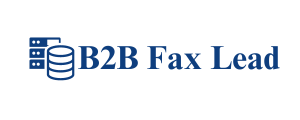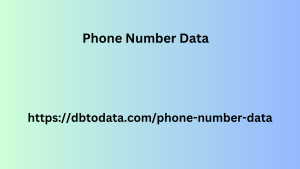Directed at US firms alone in Q2 2022 And around 70% of organizations endure 20-50 DDoS attacks each month. Most DDoS attacks through email happen when attackers get their hands on IP addresses. As a result, one of the easiest methods to avoid them is to use free VPN software, which allows you to browse and use emails anonymously. 4. Phishing Since the early 2000s, one of the most common email threats has been phishing.
It uses social engineering and other
strategies to deceive people into giving personal information taiwan phone number data that could lead to the theft of their money, data, or identities. Here are some intriguing phishing statistics: • According to a 2021 Tessian study, employees receive approximately 14 phishing emails per year on average • According to Cisco’s 2021 Cybersecurity Trends Report, at least one employee clicks a phishing link in nearly 86% of organizations Phishing assaults are avoidable if you know how to spot them. Most attackers, for example.
URLs or make offers that are simply
too good to be true. Among the recommended preventive how does whatsapp business work? measures are: • Do not click on suspicious links or popups • Do not share your information on sites that are not HTTPS secure • Do not click on suspicious links or popups 5. Business Email Compromise (BEC) Since COVID-19 began, the number of BEC attacks has grown by a factor of ten. This is because more people are working from home. These assaults resemble phishing. Their only motivation, however, is to steal money from businesses.
BEC attackers pose as high-ranking executives and thailand data other titles and persuade staff to create bogus financial records and accounts. Here are some noteworthy BEC assault statistics: • According to Id Agent, nearly 77% of businesses faced BEC attacks in 2021 • The FBI recorded over $2.4 billion in theft by BEC assaults in 2021. There are many ways to stop BEC attacks. The most straightforward method is to confirm the request via another channel, such as a phone call. Second, double-check the email address for spelling mistakes.
However, using paid business email accounts and implementing multi-factor authentication are the best strategies to defend against BEC assaults. Honorary Mention: Malware Malware is the final threat on our list. Malware is sent with one goal in mind: to disrupt business operations. Hackers use links, popups, and email attachments to fool victims into installing ransomware, adware, and spyware. Some facts you should know about malware include: • Nearly 46% of businesses and professionals receive malware via email, according to Phishing Box • According to Cleard In, about 1 in every 100 opened emails contain malware.



